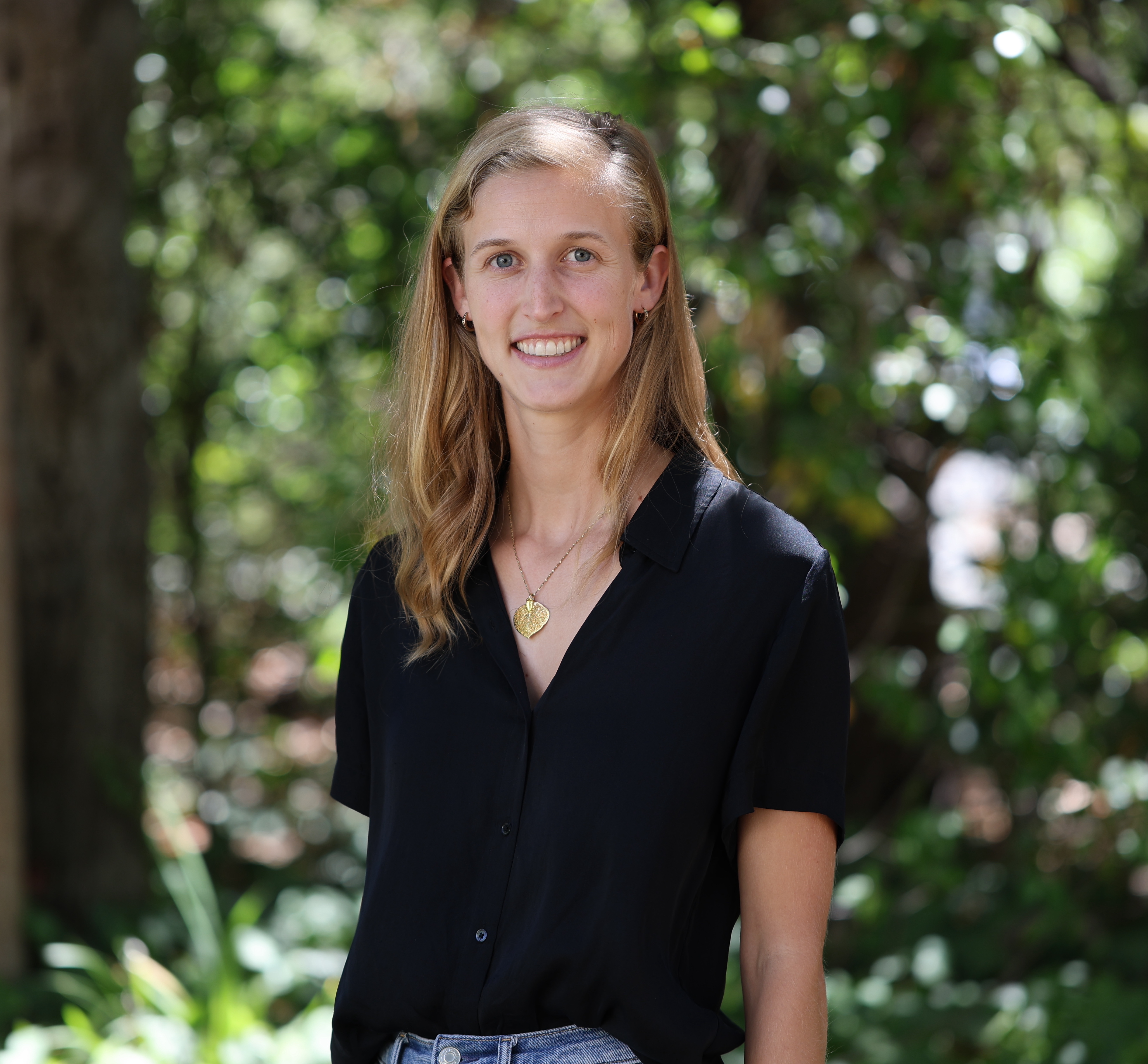Climate, Pollution, Solutions
I research the fundamentals of, impacts of, and equitable adaptation to Global Environmental Change. This lies at the intersection of fundamental climate science, energy policy and impacts, and equity informed sustainability solutions. I focus on multiple spatial scales, from local communities, to national and global assessments. My research informs tools and solutions that can aid in policy-making and solutions to improve environmental equity, reduce the impacts of climate change, and incorporate sustainable development. As someone trained in both the social and earth sciences I am excited by opportunities to bring together fundamental and applied science so we can answer questions in new ways.
Core Research
Climate System Linearity
Making use of climate models as well as simple atmospheric column models, I answer questions about the linearity of earth’s climate. This includes a simple estimate of temperature response in the Antarctic to changes in CO2 concentrations (Freese and Cronin, 2021), as well as the development of a Green’s Function estimation of the spatial temperature response to changes in CO2 emissions, allowing for rapid emulation of temperature changes in response to emissions trajectories. More recently, I’ve been investigating the difference between the detectability of climate change from natural variability and the detectability of a zeroing of emissions from climate change. This can tell us more about the linearity of our climate system to emissions and cessations of emissions of CO2.
Energy Policy and Impacts
By integrating social and earth system models, I answer questions about the impacts of potential energy policies on air quality, climate, and human health. This includes questions on the role of nuclear power in the United States, and what would replace it if shut down, as well as the prioritization of shutting down various coal plants in Southeast Asia, and what that means for climate and health. Lately, I’ve been investigating the impacts of using natural gas for hydrogen production on air quality and health in the United States.
Equity Informed Adaptation and Mitigation
At the local scale, I work with the American Geophysical Union’s Thriving Earth Exchange and the Concerned Ohio River Residents to create a local network of air quality monitors for VOC’s and PM2.5 and to model pollution in the region. We work alongside a number of other organizations in the region, including Fractracker, the Environmental Health Project, and the Carnegie Mellon University’s CREATE lab, and our project was recently selected as a recipient of the American Rescue Plan’s Enhanced Air Quality Monitoring Competitive Grant (press release)
At the global scale, I research the inequities in who contributes to climate damages, and who is most impacted by them, with the goal of informing bottom up quantifications of financing and plans for climate adaptation and mitigation.
